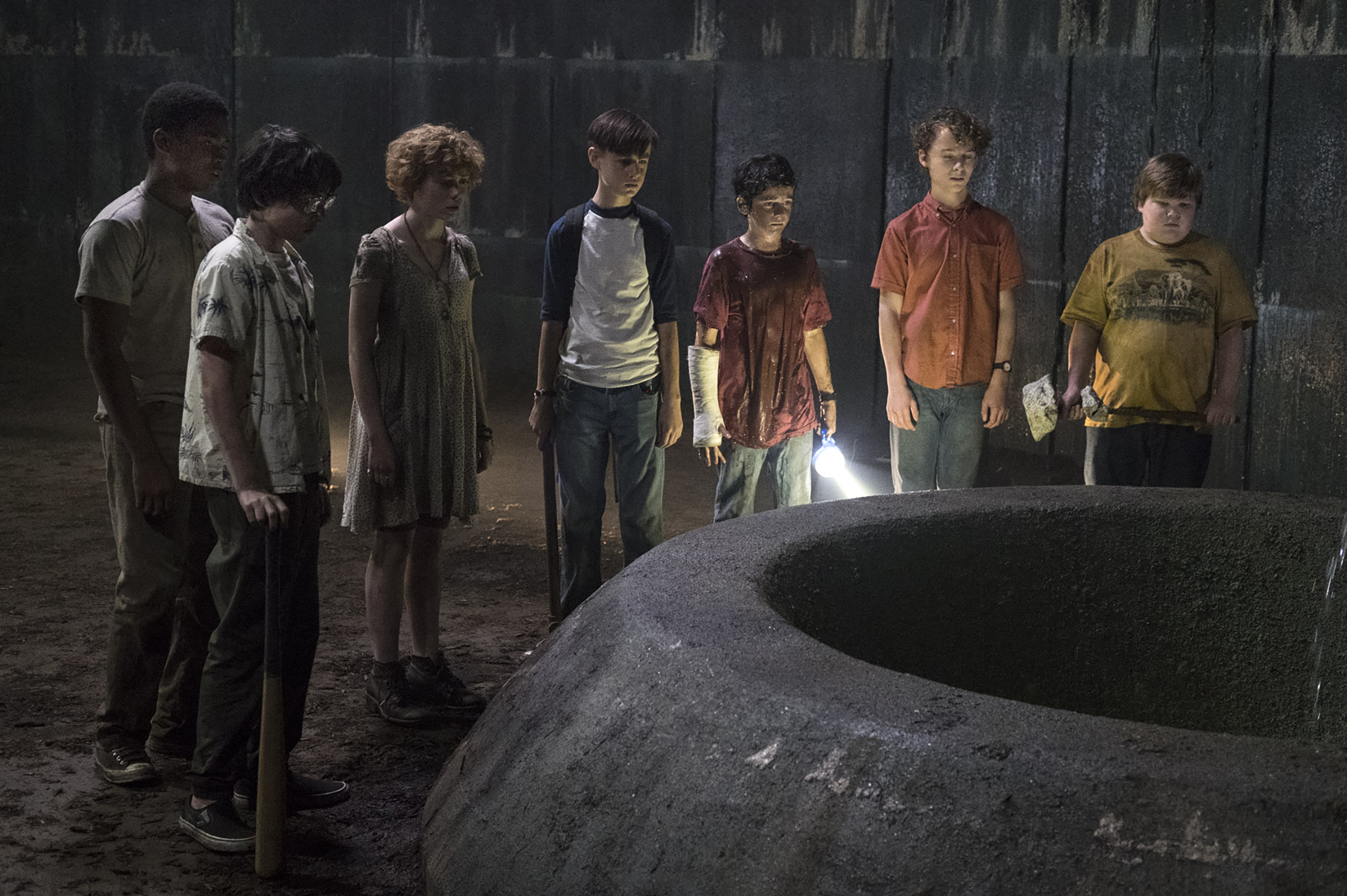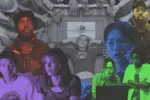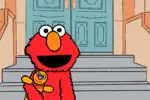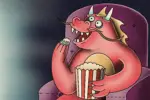Opening as the largest September release of all time, the horror film “It” has audiences peering through the cracks in their fingers at theaters all around the country. Based on the Stephen King novel of the same name from 1986, the film — directed by Andy Muschietti — has managed to garner an 87 percent rating on Rotten Tomatoes, a feat often unheard of for the horror genre.
“It” centers on a group of seven ragtag kids dubbed the Losers Club growing up in Derry, Maine. In the midst of a slew of other kids disappearing, including protagonist Bill’s younger brother, the members find themselves targets of a demonic entity named Pennywise the Dancing Clown that has been terrorizing the town for centuries. Soon the kids must choose to fight their fears or let Pennywise continue his carnage on the children of Derry.
The movie lacks any real star power, with the most noteworthy actor in the film likely being Finn Wolfhard, one of the Losers and a star of the Netflix original show “Stranger Things.” Despite no real notoriety from the cast, each member delivered effective performances. Young adult casts can be touch-and-go as far as believability and skill, but each Loser took their role in stride, with obvious chemistry between the group.
Wolfhard’s Richie, fully equipped with sass and a sailor’s mouth, as well as newcomer Jack Dylan Grazer’s hypochondriac Eddie are the standouts of the crew, with both providing the bulk of the comedic relief, which tends to be uncharacteristically common for a horror movie. To bill the film as a horror-comedy wouldn’t be a stretch, and the chemistry between the cast amplifies the effectiveness of the humor.
For loyal “It” fans, the casting of Pennywise was critical, as, in the 1990 “It” mini-series, the incomparable Tim Curry played the murderous clown, and critics and fans alike were abuzz with concern over how anyone could top his iconic performance. Instead, director Muschietti sought to reinvent the character, casting Swedish actor Bill Skarsgard in the role, citing him as a standout in auditions because of the unpredictability he brought to the character.
This trait stands out in the film, as Pennywise often seamlessly flips the switch from a zany — though still undeniably creepy — lilting clown, to a bite-your-arm-off-monster within a few seconds. Skarsgard creates a constantly uneasy environment every time he is on screen, which is a criminally small amount of time for how impressive of a performance he gives. The special effects in the film likely play into this unpredictability as well, as Muschietti uses quick cuts and frantic jerky movements in the tensest of Pennywise moments.
One of the main complaints of critics and viewers was that, while the film was still solid, it wasn’t nearly as scary as they had expected. While it does rely heavily on creating tense environments, sometimes the jump scares can be underwhelming after the copious buildup, and the second half of the movie certainly lacks in any real scares. While I agree that the film could’ve been scarier, if clowns are your phobia then you likely won’t have the same issue.
The film, while still two-and-a-half-hours long, did feel as if it was missing some important plot background, as well. From the film, Derry seems quaint and quirky, with brick buildings and an old school movie theater, a town that seems to be strangely flourishing despite its dark past. If Pennywise has been terrorizing Derry for centuries, how come none of the adults really seem to care or do anything to stop it? Though that information may be more present in the book, the movie was disappointingly lacking in history.
Perhaps the reason that the film didn’t quite live up to the scare potential was partially due to the inexperience of Muschietti. Though he previously directed horror film “Mama,” he doesn’t have much other work under his belt. However, “It” opens itself up to the possibility of at least one sequel, as the book and 1990 mini-series both featured the adult version of the kids returning to Derry twenty-seven years later after the return of Pennywise. If Muschietti stays on after learning from the experience of the first film, then perhaps the second one could be his chance to increase the scare factor without compromising quality, a delicate balance in the horror world.
The film obviously received widespread critical praise, and much of that praise may stem from the current pop culture environment. Largely thanks to the wild success of “Stranger Things,” audiences crave movies with the nostalgia factor. Just look to the echoes of movies like “The Goonies” and “Stand By Me,” and it’s easy to see just how much ’80s movies influenced the film. And much like the films it takes cues from, in the end “It” is just as much about deeper emotional lessons as it is a horror film. Through the trauma the kids endure, they learn the importance of loyalty and friendship, as well as the persistence of hope in spite of fear.
“It” claims the honor of having the biggest opening weekend for any horror or R-rated film, and by doing so gets the opportunity to be a unique trailblazer for the horror world. With fewer and fewer people actually going to theaters anymore, the fact that “It” still broke records speaks volumes to the potential of future horror movies.
As opposed to streaming a comedy or drama into the comfort of your home, perhaps horror movies hold the power to draw audiences in to the experience of a dark, cold theater for optimal viewing. Now that studios have seen the profit power of “It,” we’ll hopefully see a spike in big budget horror production in the near future.

















